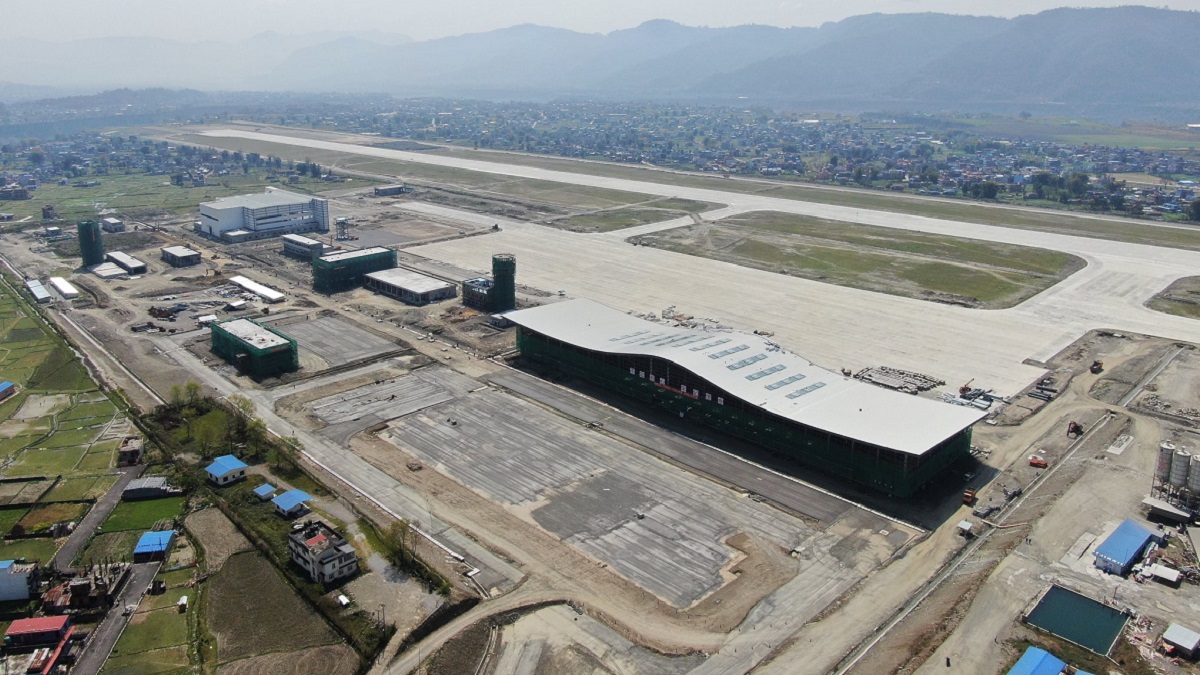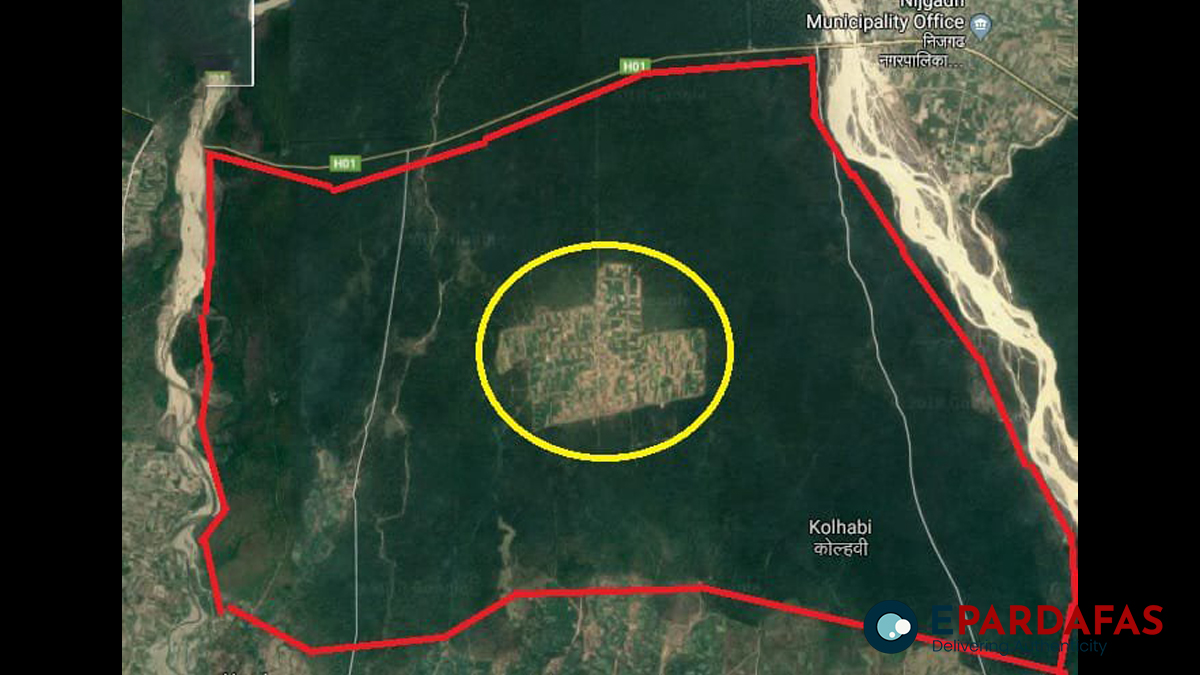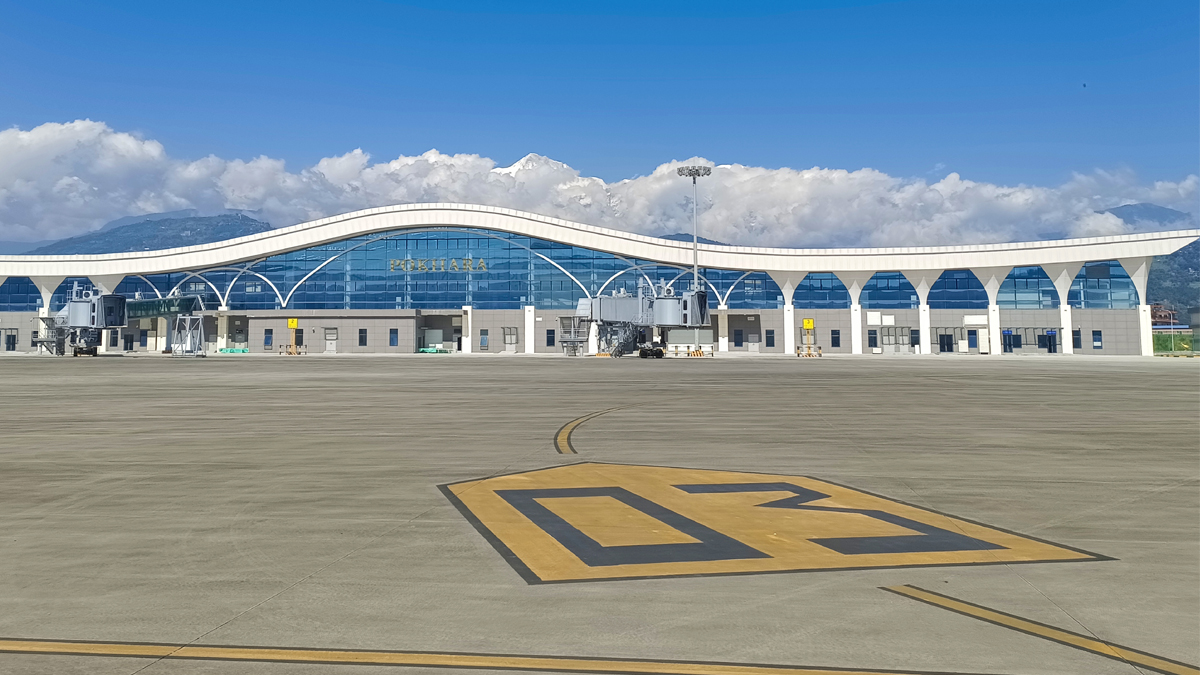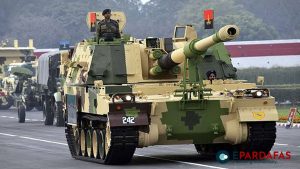
Navigating Nepal’s Aviation Turbulence: The Complexities and Controversies of Pokhara, Gautam Buddha, and Nijgadh International Airports
Nepal’s aviation sector, vital for the country’s connectivity and economic development, has been plagued by controversies, technical challenges, and financial mismanagement. The construction and operation of Pokhara Regional International Airport, Gautam Buddha International Airport, and the proposed Nijgadh International Airport have sparked significant debate, raising questions about their viability, strategic planning, and long-term impact on the nation.
Despite its breathtaking Himalayas and rich cultural heritage, Nepal’s efforts to expand its aviation infrastructure to boost tourism and economic growth have encountered substantial obstacles. The development of these three key international airports—Gautam Buddha International Airport (GBIA), Pokhara Regional International Airport (PIA), and the proposed Nijgadh International Airport—has been fraught with controversy, technical challenges, and financial irregularities. As the government grapples with these issues, the future of Nepal’s aviation sector remains uncertain.

Gautam Buddha International Airport: A Costly Endeavor with Limited Returns
Gautam Buddha International Airport (GBIA), located in Bhairahawa, was envisioned as a gateway to Lumbini, the birthplace of Gautam Buddha, with the potential to attract millions of Buddhist pilgrims and international tourists. Officially opened on May 16, 2022, the airport’s construction was funded by the Asian Development Bank (ADB), the OPEC Fund for International Development, and the Nepalese government, with a total investment of approximately USD 76.1 million.
Despite the substantial investment, the airport has struggled to attract international airlines. Initially, only Jazeera Airways operated three flights per week, far below the airport’s intended capacity.
The lack of interest from other airlines has been alleged to high operating costs and the reluctance of the Indian government to provide additional air routes near GBIA. This situation has raised concerns about the airport’s economic viability, as passengers flying through GBIA often incur extra costs when transferring to Kathmandu.
Moreover, while the installation of the Instrument Landing System (ILS)—crucial for safe landings in poor weather conditions—has been completed, it has not yet been authorized for use. The ILS remains unpublished in Nepal’s Aeronautical Information Publication, preventing its official activation. There are no technical issues with using the ILS due to India, as claimed by some so called experts.
While some speculate that India’s refusal to grant additional air entry routes is to blame, aviation experts argue that international flight operations at GBIA could proceed without these routes, as existing entry points through Birgunj-Simara could serve Bhairahawa with minimal additional flight time.
These operational challenges have led to significant financial losses for Nepal, exacerbated by the underutilization of GBIA. Prime Minister KP Sharma Oli recently convened a high-level meeting to address these issues, urging ministers to create an environment conducive to attracting international airlines to GBIA and Pokhara International Airport (PIA). The Prime Minister emphasized the need for effective plans to maximize the airports’ potential and alleviate pressure on Tribhuvan International Airport (TIA) in Kathmandu, which is currently operating beyond its capacity.
Rather than blaming India for political gains regarding Bhairahawa Airport, efforts should focus on finding solutions. Why were Indian security concerns not considered during the initial phase of airport’s design itself? Why did Jazeera Airways cease its operations at Bhairahawa? Has any outreach been made to India to find a joint solution? Why do our so-called activists only indulge in blame game for cheap publicity and shy away from working towards finding a durable solution?

Pokhara Regional International Airport: A White Elephant in the Making?
The construction of Pokhara Regional International Airport was intended to boost tourism in the scenic city of Pokhara, known for its stunning lakes and proximity to the Annapurna mountain range. However, the project, financed through a loan from the Chinese Exim Bank and constructed by the Chinese state-owned contractor CAMCE, has faced significant scrutiny due to financial irregularities and technical deficiencies.
Initially budgeted at 22 billion Nepali Rupees, the project’s cost escalated to 25.34 billion Nepali Rupees, raising suspicions of mismanagement. The airport’s design and construction have been criticized for limiting the maximum load capacity of narrow-body aircraft to only 80-85 passengers, making it unviable for international airlines to operate profitably. As a result, apart from a few two-way charter flights, no regular international flights have commenced at Pokhara International Airport (PIA) since its completion.
The design and construction issues of Pokhara Airport have made it impossible for international airlines to operate profitably. Consequently, international airlines are reluctant to initiate operations at Pokhara Airport. Nepal now faces the burden of repaying a large loan taken at high interest rates from China, even though the airport’s operations have not yet started, and there is little likelihood of international airlines agreeing to commence flights.
The load penalty highlights that the decision to construct an international airport in Pokhara may have been a significant mistake, possibly part of a broader strategy by China to ensnare Nepal in a debt trap. Despite these concerns, those who are often vocal on other issues, especially those with ties to China, have remained silent.
The Commission for Investigation of Abuse of Authority (CIAA) and the Office of the Auditor General have raised alarms about potential malpractices in the execution of the Pokhara Airport project. The CIAA’s investigation has uncovered troubling financial irregularities, including unauthorized exemptions from customs duties, tariffs, and VAT granted to the contractor, which have contributed to the project’s inflated costs.
Technical flaws in the airport’s design, such as improper soil disposal and runway height manipulation, have also been identified, posing significant safety risks. Leakage problems in the terminal and incomplete infrastructure further underscore the systemic failures in the project’s execution. These deficiencies have cast doubt on the project’s viability and raised concerns about the long-term sustainability of the airport.
The Auditor General’s reports have consistently highlighted these issues, emphasizing the need for transparency and accountability in managing large-scale infrastructure projects. In response, the Public Accounts Committee of the House of Representatives has established a sub-committee to investigate the irregularities surrounding the construction of Pokhara Airport, with a mandate to submit a comprehensive report within a month.

Nijgadh International Airport: An Environmental and Economic Conundrum
The proposed Nijgadh International Airport, located in Bara District, has been promoted as a potential solution to Nepal’s aviation bottlenecks, particularly at Tribhuvan International Airport (TIA). However, the project has encountered fierce opposition from environmentalists, legal challenges, and concerns about its economic feasibility.
In May 2022, the Supreme Court of Nepal delivered a landmark verdict halting the construction of the airport and ordering the government to consider alternative locations. The court’s decision was based on the environmental impact of the project, which would involve clearing over 2.4 million trees from one of the country’s last remaining natural forests. The area is home to endangered species, including the Asiatic elephant and the sal tree, making it an ecologically sensitive zone.
Despite the court’s ruling, political leaders and lobbyists continue to push for the airport’s construction, citing its strategic importance for Nepal’s aviation sector. Proponents argue that the airport would reduce congestion at TIA and provide an alternative entry point for international flights. However, critics warn that the airport’s proximity to Indian airspace and the need for flights to circle over the area to reduce altitude could lead to complications and delays in operations.
The financial burden of constructing Nijgadh International Airport is another significant concern. The project’s estimated cost runs into billions of rupees, and with Nepal already facing a severe economic crisis, the feasibility of undertaking such a massive investment is questionable. The government’s inability to fully utilize existing airports like GBIA and PIA further complicates the justification for building another international airport.
Environmentalists and legal experts argue that the government should prioritize the expansion and modernization of TIA instead of pursuing new projects that could have devastating environmental and economic consequences. They emphasize the need for a comprehensive study to assess the impact of Nijgadh International Airport on the surrounding ecosystem and the broader implications for Nepal’s aviation sector.
Currently, all incoming international flights from the Indian side enter Nepal via the Birgunj-Simra route, with Indian Air Traffic Controllers handing over these flights to Nepal at an altitude above 20,000 feet. Nijgadh’s location is very close to the approach route of these incoming international flights. To land at Nijgadh, flights would need to circle over the area in spirals to reduce altitude, leading to difficulties in landing and increased time for flight operations.
The location of the proposed Nijgadh airport could therefore cause complications and delays in future flight operations. It would be prudent to begin construction of Nijgadh Airport only after securing a prior agreement and Letter of Agreement (LOA) with India.
Has any study been conducted to determine at what height aircraft bound for Nijgadh airport would enter Nepali airspace? Will these flights still be able to land smoothly at Nijgadh, or could this become another point of contention in the future?

The Way Forward
Nepal’s ambitious plans to expand its aviation infrastructure have faced significant challenges, including technical deficiencies, financial irregularities, environmental concerns, and diplomatic tensions. The experiences of Gautam Buddha International Airport, Pokhara Regional International Airport, and the proposed Nijgadh International Airport underscore the need for meticulous planning, transparent governance, and strict adherence to international standards in the execution of such projects.
As the government moves forward, it must address these challenges directly, ensuring that existing airports are fully operational and financially viable before embarking on new ventures. The focus should be on enhancing the capacity and efficiency of TIA, resolving operational issues at GBIA and PIA, and carefully considering the environmental and economic implications of any new airport projects.
Only through a holistic approach that balances infrastructure development with environmental conservation and financial sustainability can Nepal achieve its goal of becoming a regional aviation hub while safeguarding its natural heritage and economic stability.
- China Reportedly Orders Suspension of Boeing Jet Deliveries Amid Escalating Trade Tensions
- NRB Governor Adhikari Highlights Economic Stability Achieved During His Tenure
- Newly Appointed IGP Deepak Thapa’s Decades of Experience Poised to Strengthen Nepal Police
- China’s Cunning Strategy and Nepal’s BRI Gamble














Comments